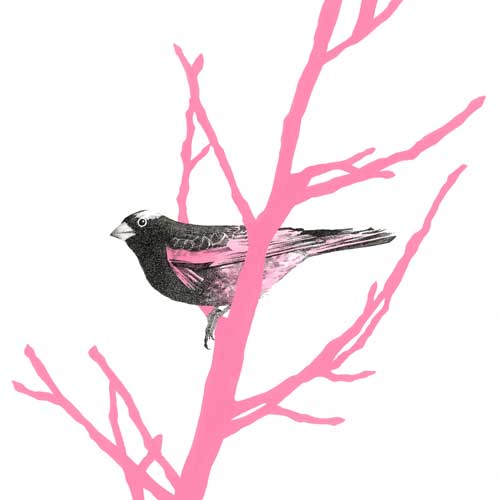
Rare Air: Connecting with Species of Flight
October 16, 2024 – March 30, 2025
Rare Air: Connecting with Species of Flight shares original art, Burke Museum collections, and interactive experiences that tell stories of rare and endangered species of flight.
Immersing guests in the world of bats, bees, birds, and butterflies, this all-ages exhibit demonstrates ways in which humans are an inextricable part of the environment and offers strategies — big and small — to slow or reverse the threats to these winged creatures.
Credits: This exhibit is based on the book RARE AIR: Endangered Birds, Bats, Butterflies & Bees, published by Mountaineers Books with additional stories, research and collections created by the Burke and project collaborators. RARE AIR: Endangered Birds, Bats, Butterflies & Bees is authored by Sarah Kaizar with writings by A. Scott Meiser.
Exhibit sponsors: 4Culture, The Hugh and Jane Ferguson Foundation, Mountaineers Books, UW College of Arts and Sciences, Seattle Office of Arts & Culture, Marrella Fund, Peach Foundation, The Pendleton & Elisabeth Carey Miller Charitable Foundation, The Puffin Foundation, Wild Birds Unlimited - Buckingham, Center for Biological Diversity, Academy of Natural Sciences of Drexel University, Joseph Robert Foundation
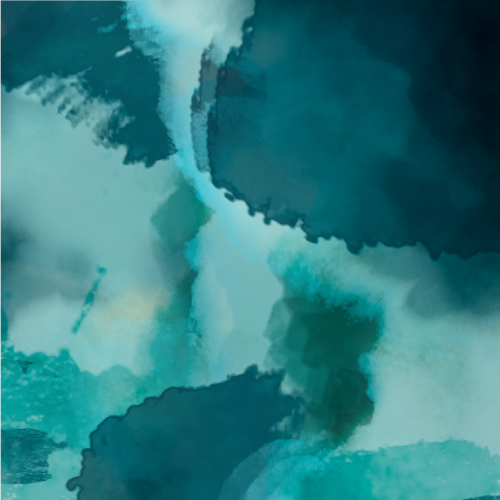
Widen the Frame
February 27 – May 12, 2024
Widen the Frame invites guests to reflect on their own experiences with museums and the complex position that museums occupy.
This installation includes large scale video, interactive prompts and comfortable seating — inviting visitors to slow down and ponder wide-ranging perceptions about museums and the ways they shape us and are shaped by us. Connected storytelling panels extend throughout the Burke’s public spaces, providing insight into recent and ongoing projects at the Burke which consider shifting the ways we work in museums. Narrated by the Burke’s staff, students, and community partners, these stories provide a collaborative opportunity for those working here to engage and reframe what museum experiences should be within the Burke and beyond.
Credits: Organized by the Burke Museum
Exhibit sponsors: 4Culture, Hugh and Jane Ferguson Foundation, Mellon Foundation, Seattle Office of Arts and Culture
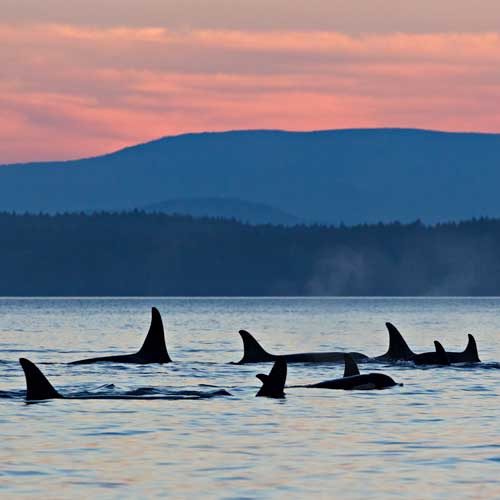
We Are Puget Sound
June 3 – December 31, 2023
Experience the wonder of Puget Sound through the unique wildlife and living cultures that call the Salish Sea home. From Southern resident orcas and Chinook salmon to community gardens and the annual Canoe Journey, build a deeper connection with a region teeming with life. Hear from the scientists, tribal members, and community advocates working to conserve and heal the Salish Sea, because the choices we make today will determine the future of this region.
We Are Puget Sound highlights people working to protect and restore this region. This special exhibit brings their stories to life with stunning photography, new insights, and the Burke Museum’s expansive collections.
This exhibit is based on the book We Are Puget Sound: Discovering and recovering the Salish Sea published by Braided River in partnership with Washington Conservation Action. It features additional Burke-specific content, objects and stories created in collaboration with researchers and community members.
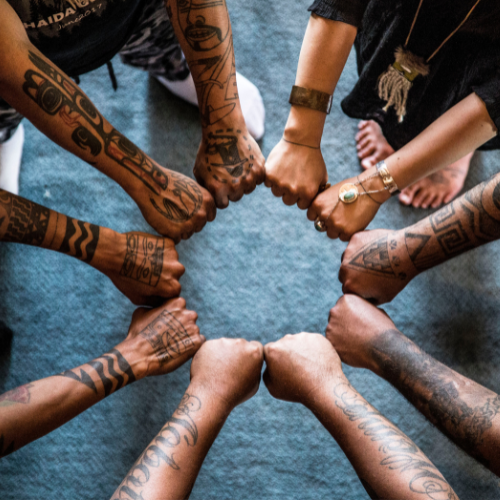
Body Language: Reawakening Cultural Tattooing of the Northwest
November 6, 2022 – April 16, 2023
Body Language: Reawakening Cultural Tattooing of the Northwest takes a closer look at the rich history and artistry of Indigenous tattooing of the Northwest coast. Photographs, cultural belongings, and contemporary art reveal how these previously disrupted and banned traditions have endured through the efforts of the Indigenous artists featured in this exhibition. Experience their stories and celebrate the resilience of Indigenous tattoo practitioners and those who wear the visual language of their ancestors on their bodies.
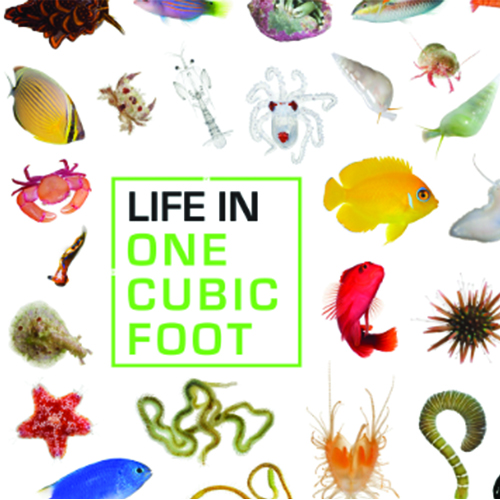
Life in One Cubic Foot
February 11 – July 17, 2022
From Seattle’s Seward Park to a coral reef in the South Pacific, Life in One Cubic Foot reveals the diversity of nature and inspires visitors to become community scientists.
The exhibition is organized by the Smithsonian Traveling Exhibition Service in collaboration with the Smithsonian’s National Museum of Natural History and is supplemented with Burke Museum research, stories, and collections.
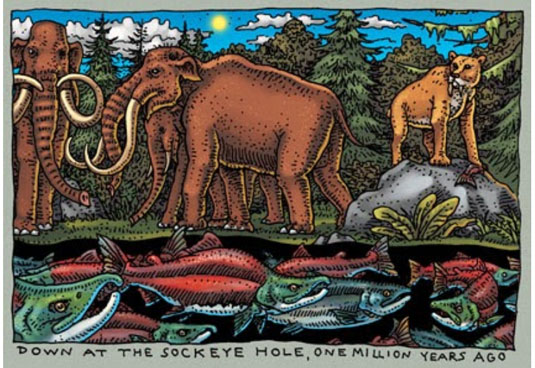
Cruisin' the Fossil Coastline
February 2 – May 2, 2021
Artist Ray Troll and paleontologist Kirk Johnson, director of the Smithsonian National Museum of Natural History, logged more than 10,000 miles and 250 days traveling the North American coast in search of fossils and the stories they tell. They visited museums, dove into research collections, hung out with fellow scientists and artists, and visited active dig sites via automobile, small airplane, and boat. Cruisin’ featured life-size sculptures and models, images of prehistoric creatures and real fossils along with paintings, drawings, and a light and audio installation.
Cruisin’ the Fossil Coastline was a traveling exhibition organized by the Anchorage Museum, supplemented with Burke Museum paleontology collections and stories.
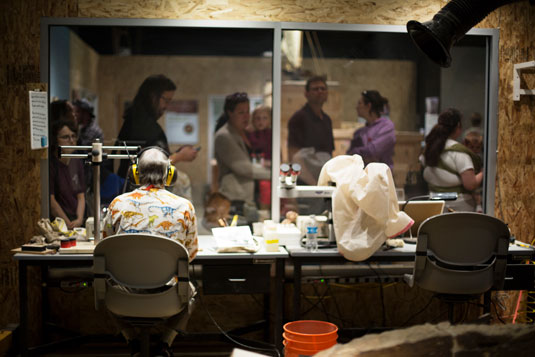
Testing, Testing 1-2-3: Work in Progress
June 17, 2017 – December 30, 2018
In Testing, Testing, 1-2-3: Work in Progress, visitors saw the behind-the-scenes work of getting ready for the New Burke—like preparing a massive T. rex skull, and packing fragile artifacts and specimens—and got a sneak peek of objects coming out of storage for display in the new museum.
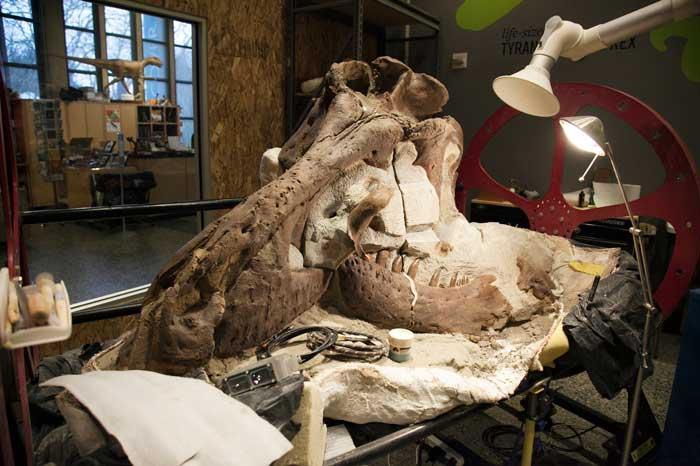
T. rex LIVE
August 12, 2017 – December 30, 2018
Watch "live" as Burke paleontologists carefully expose the skull of this incredible 66-million-year-old beast, nicknamed the "Tufts-Love" Rex after the two volunteers who discovered it. More and more of the skull will be exposed each week, so come back often to watch the progress!
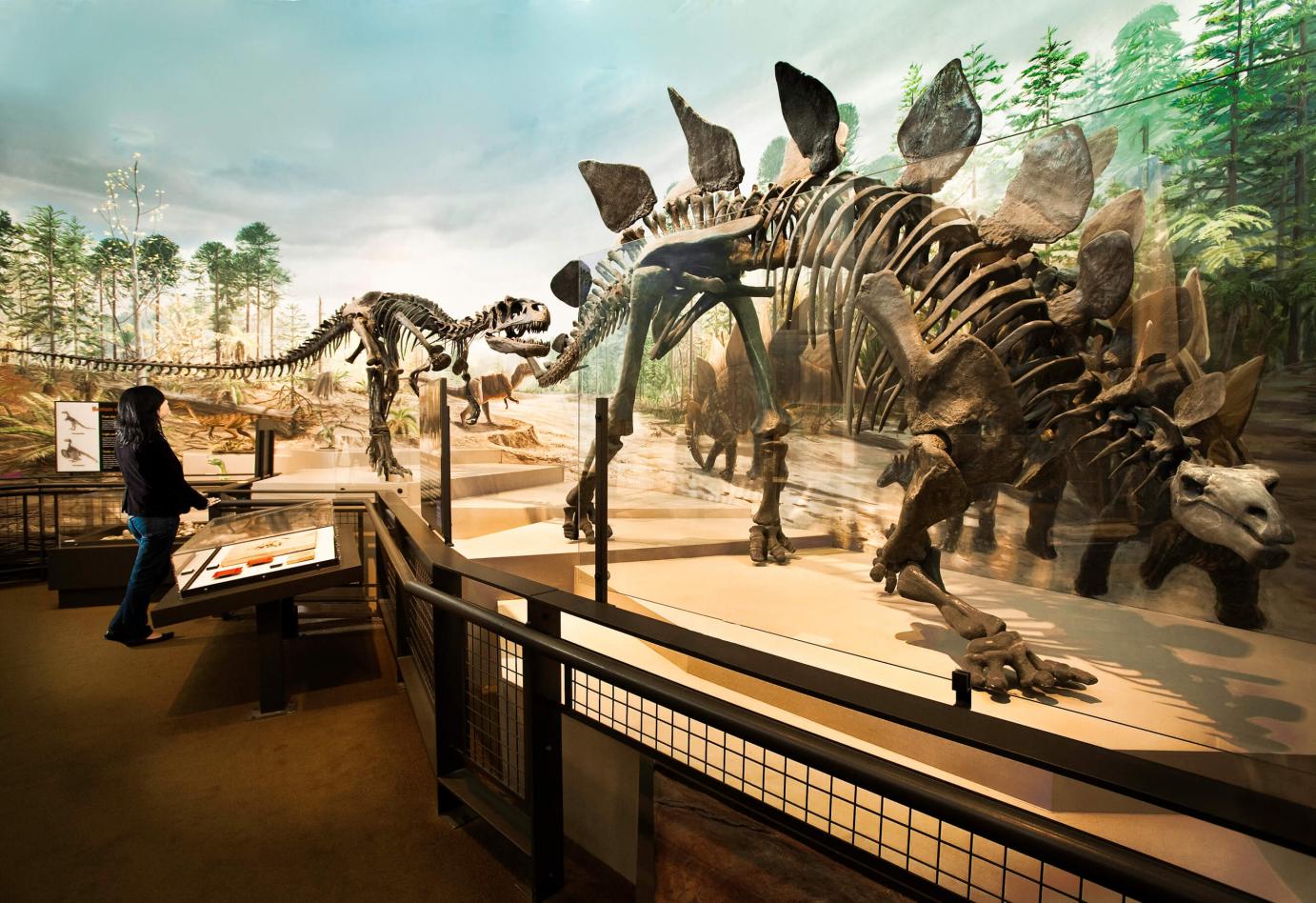
Life & Times of Washington State
Former Permanent Gallery
Life and Times of Washington State was a hands-on adventure that begins 545 million years ago and leads you through the evolution of Washington’s geology, biology and archaeology. Starting when most of Washington was covered by an ancient sea, you'll see giant skeletons of dinosaurs, including Stegosaurus, Elasmosaurus and a 140-million-year-old Allosaurus.
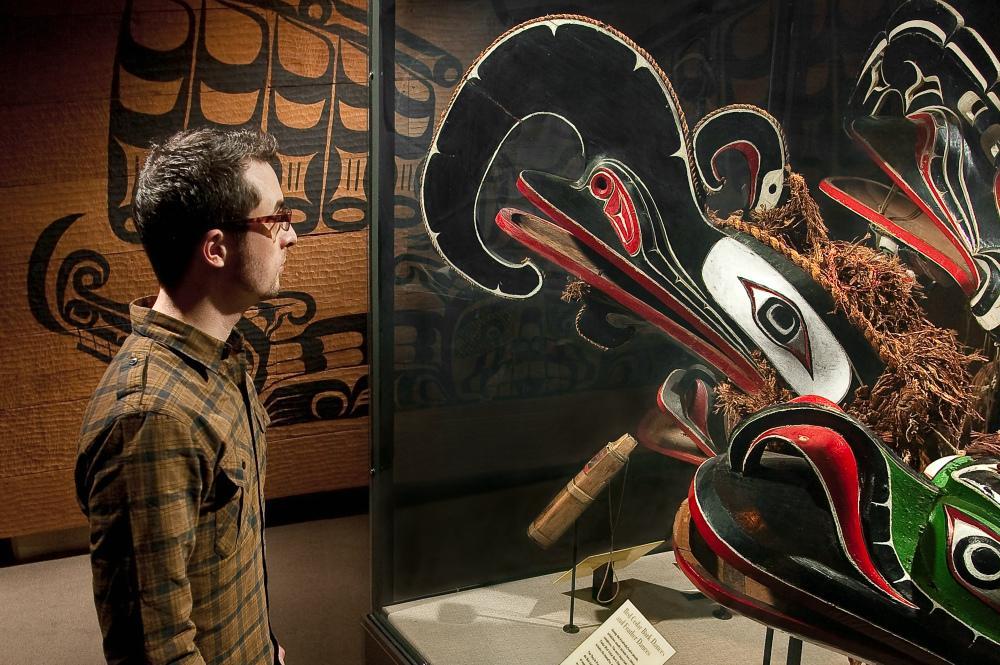
Pacific Voices
Former Permanent Gallery
To design this exhibit, representatives of 17 communities and Tribes considered the question: How do we pass our culture along from one generation to the next? Their answers fall into three categories: language and stories, teachers and elders, and ceremonies, with each community choosing one or more examples to share.
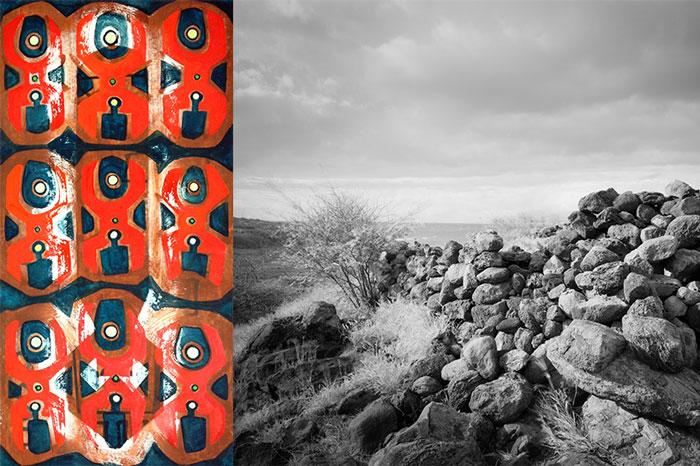
Kanu Kaho'olawe: Replanting, Rebirth
October 15, 2016 – July 2, 2017
Kanu Kaho'olawe: Replanting, Rebirth highlighted the work of two Hawai'i-based artists, Jan Becket and Carl Pao, who document and respond to the reclamation of Native land on Kaho'olawe Island, Hawai'i, through photography and mixed-media paintings.
Exhibit Sponsors: Washington State Arts Commission, National Endowment for the Arts, Ellen Ferguson
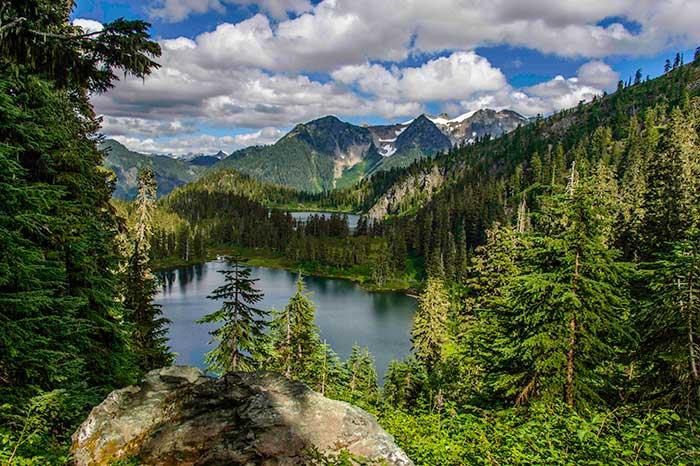
Wild Nearby
June 18, 2016 – April 9, 2017
Wild Nearby immersed visitors in the sights, sounds and stories of one of the largest wildlands in the U.S. Visitors learned what woodpeckers, wildflowers and frogs can tell us about how the region is changing as they mapped their next Northwest outdoor adventure. Wolverine, deer and coyote skulls, ancient artifacts from the Upper Skagit Tribe, and a full-scale replica of a fire lookout were also on display.
Credits : Organized by the Burke Museum and created in partnership with Braided River, the conservation imprint of Mountaineers Books.
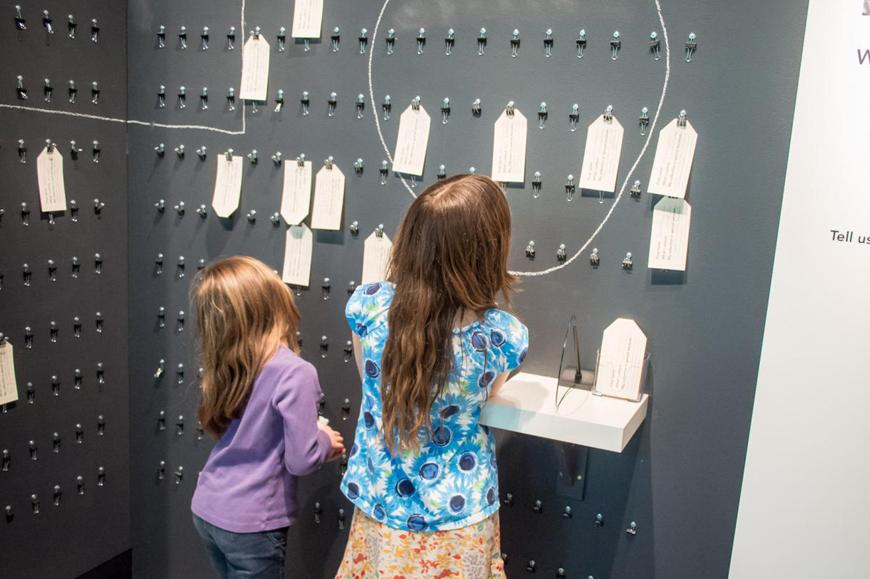
You Build It
January 25 – May 15, 2016
You Build It: An Evolving Exhibit gave visitors the chance to share their thoughts and take part in an ever-changing discussion on topics that shape our local and global community—climate change, Seattle’s rapid growth, cultural identity and extinction. Topics were selected based on feedback from community listening sessions where the Burke asked individuals from diverse backgrounds what issues matter most to them and their friends and family.
Credits: Developed by the Burke Museum
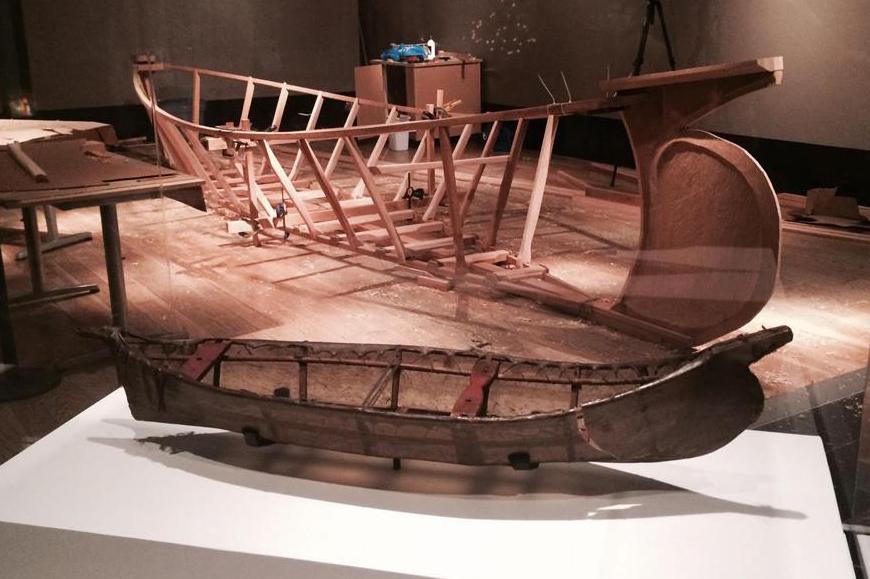
Maker:Market
December 5, 2015 – January 3, 2016
Maker:Market allowed visitors to witness the revival of a lost art as part of a special month-long program at the Burke Museum. From December 5-19, Burke Curator of Native American Anthropology Dr. Sven Haakanson, students and volunteers constructed an Angyaaq—a traditional Native boat made by Alaska’s Sugpiat peoples and destroyed by Russian settlers in the 1800s.
The Angyaaq assembled during the Burke’s Maker:Market is serving as a prototype for another boat being constructed by Haakanson and community members from the village of Akhiok on Kodiak Island, Alaska.
Credits: Developed by the Burke Museum
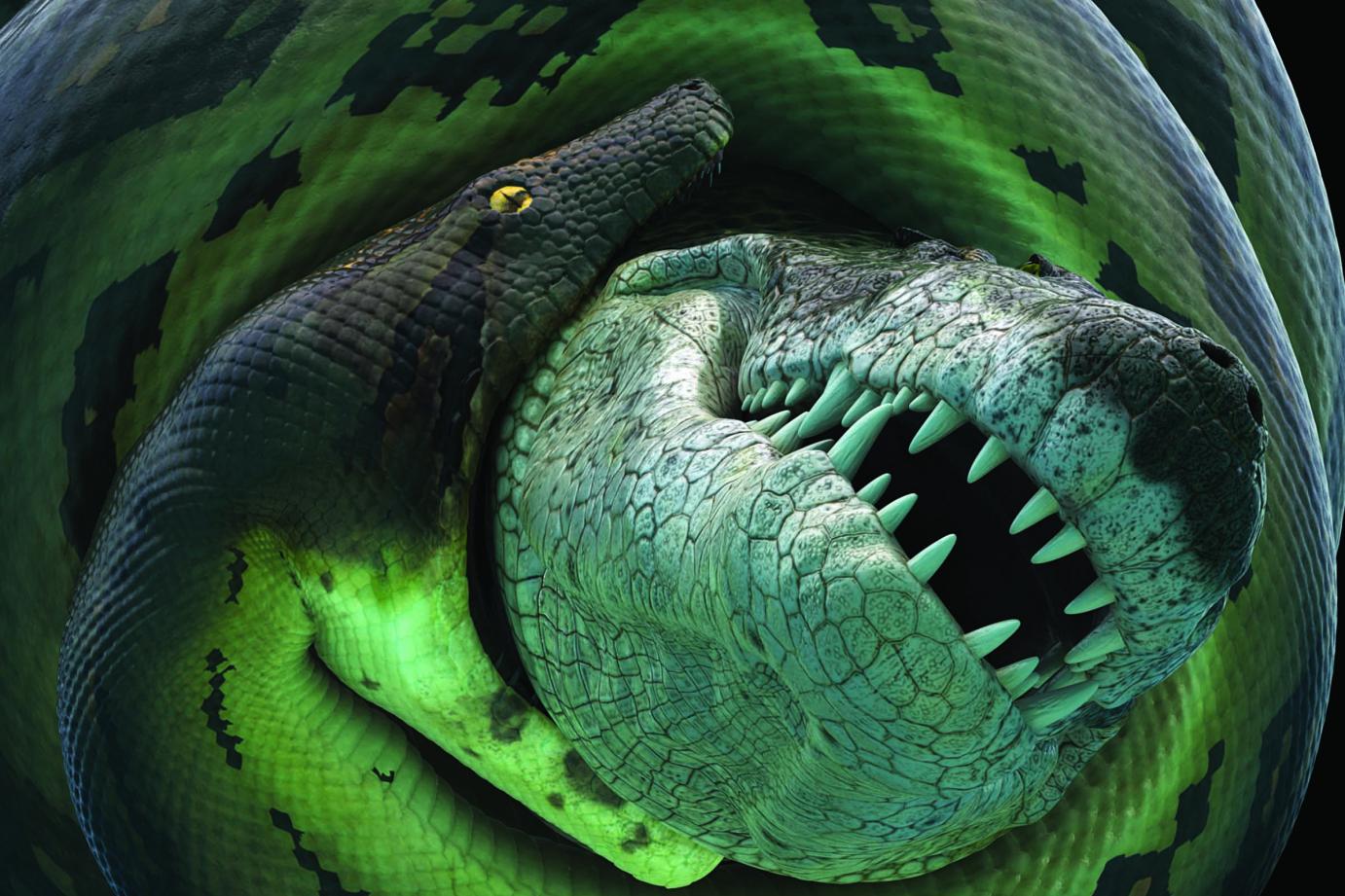
Titanoboa: Monster Snake
August 22, 2015 – November 15, 2015
Deep in a Colombian coal mine, scientists discovered 60-million-year-old remains of the world’s largest snake: a 48-foot, 2,500-pound predator that could devour a crocodile. Titanoboa delved into this startling discovery with a full-size replica of the giant snake, plus fossils, photos and videos that reconstruct Earth’s earliest-known rainforest and the lost world of life in the Paleocene following the demise of dinosaurs.
Credits: Titanoboa is a collaboration of the Smithsonian Institution, the Florida Museum of Natural History and the University of Nebraska–Lincoln.
Exhibit Sponsors: U.S. Bank, Seattle's Child
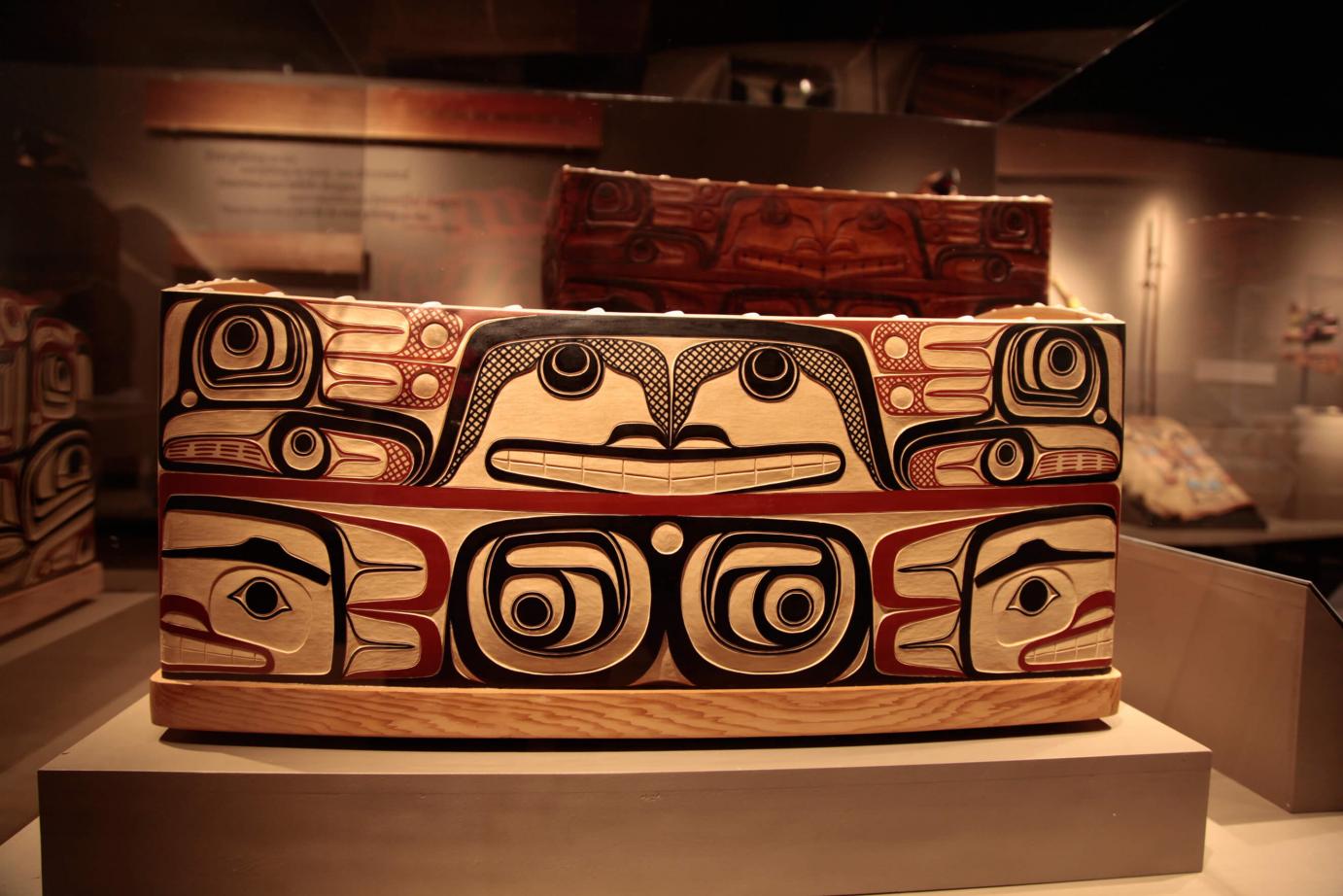
Here & Now: Native Artists Inspired
November 22, 2014 – July 27, 2015
Here & Now: Native Artists Inspired explored the dynamic relationship between the Burke Museum and Northwest Native art, artists, and scholars. Featuring work by contemporary artists whose practice has been inspired by objects in the Burke’s collections, the exhibit demonstrated how today’s artists and art historians learn from past generations.
Credits: Developed by the Burke Museum
Exhibit Sponsors: Argosy Cruises, Bekins Northwest, Boeing, Microsoft, the National Endowment for the Arts, Office of Arts & Culture Seattle, 4Culture, the Hugh and Jane Ferguson Foundation, Nesholm Family Foundation, the Peach Foundation, Quest for Truth Foundation, Sealaska, Simpson Center for the Humanities, Washington State Arts Commission, Kym Aughtry, Marrella Fund, Muckleshoot Indian Tribe, U.S. Bank, Port Madison Enterprises, Suquamish Tribe, KUOW
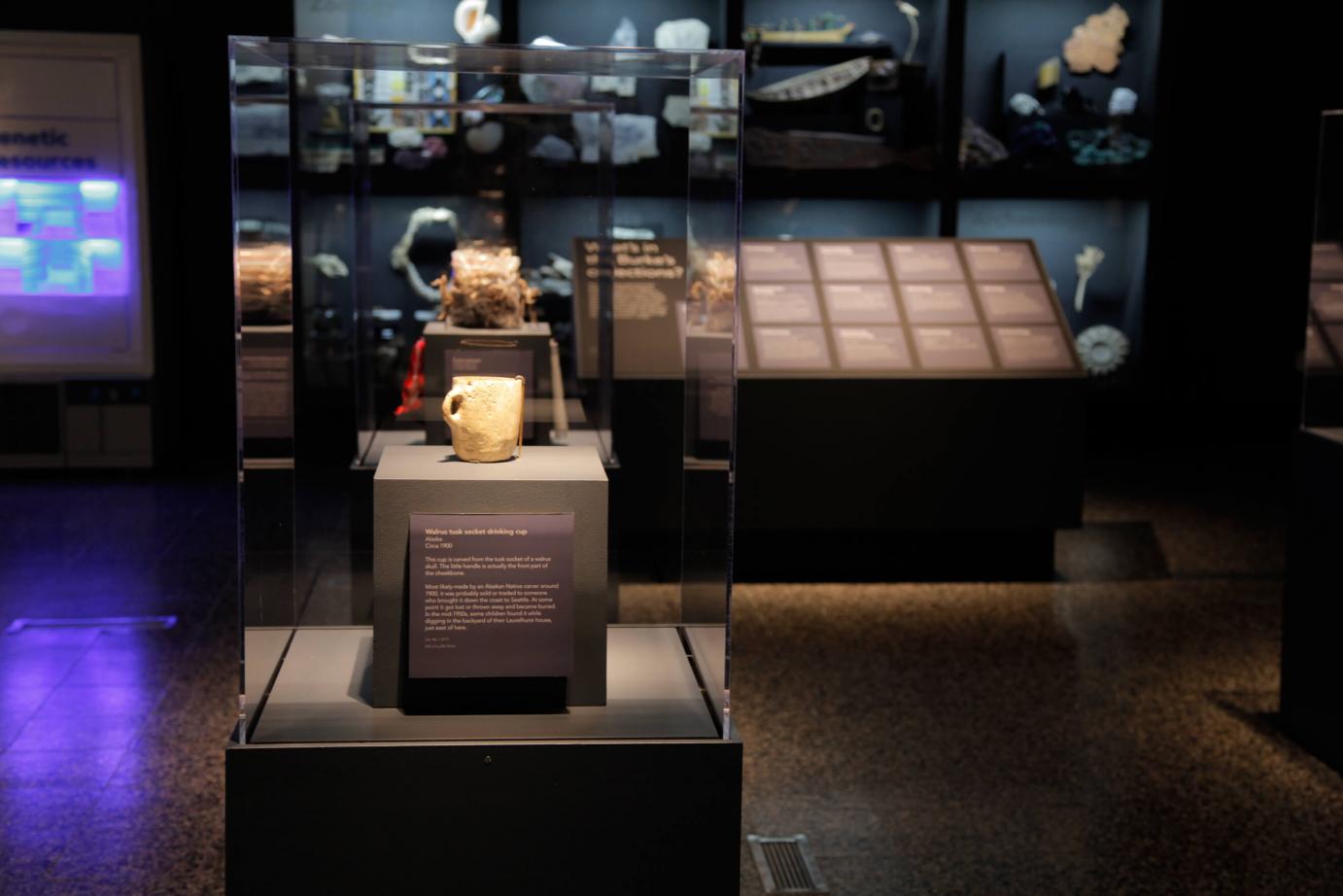
Imagine That: Surprising Stories and Amazing Objects from the Burke Museum
April 12, 2014 – October 26, 2014
The Burke collects a lot of things. Dust isn’t one of them. Imagine That revealed the surprising stories, complex questions, and awe-inspiring answers hidden inside objects. This exhibit showed a new side of the Burke, and uncovered some of the most fascinating, intriguing, and rare objects in its collection. Visitors joined scientists who were making daily discoveries in the exhibit, and learned how collections show us new things about the world around us every day. Hopefully guests came away having learned something about themselves. Imagine that!
Credits: Developed by the Burke Museum
Exhibit Sponsors: The Paul G. Allen Family Foundation, Lucky Seven Foundation, Microsoft Corporation, Seattle Office of Arts & Culture, 4Culture, Quest for Truth Foundation
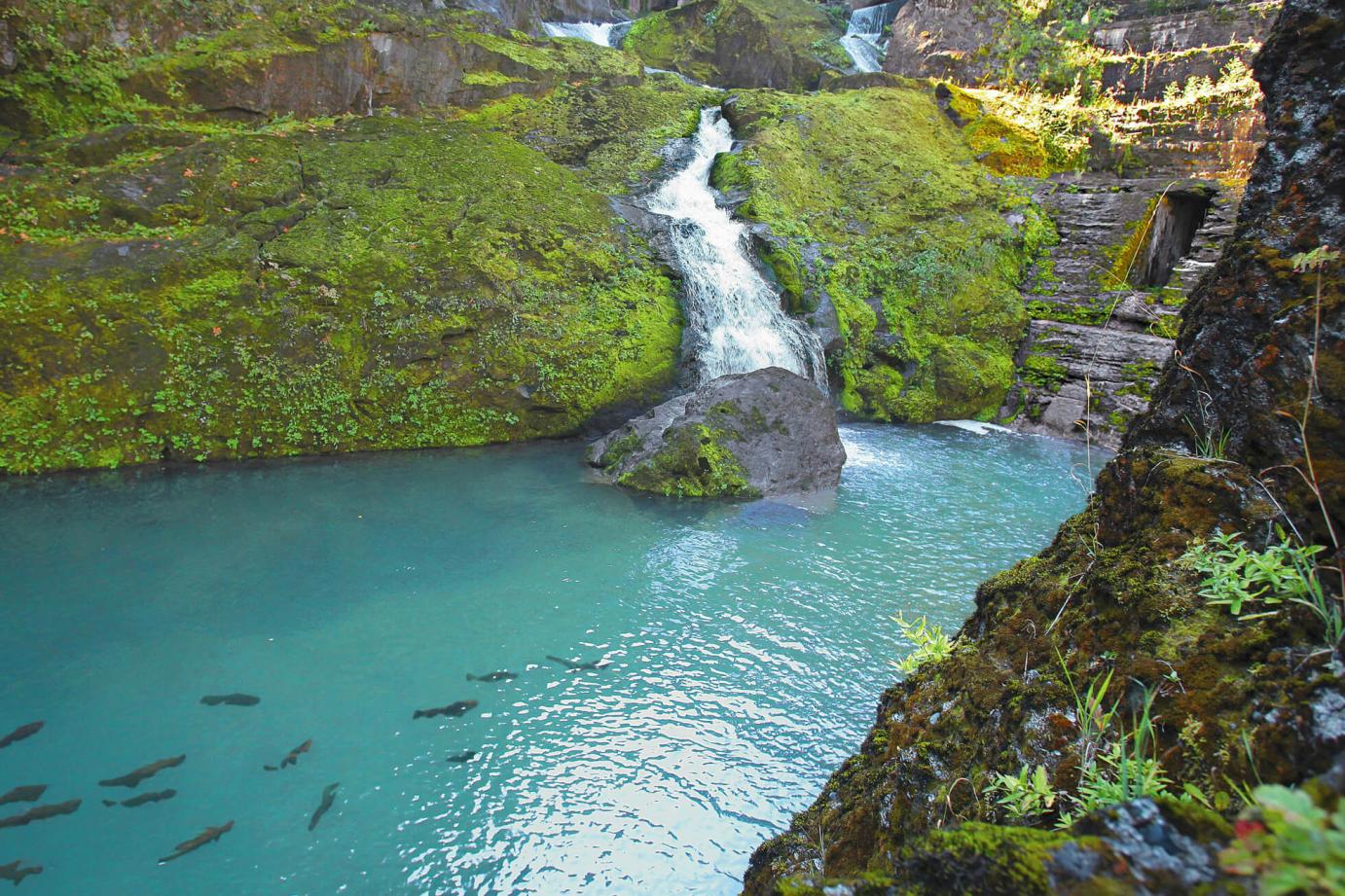
Elwha: A River Reborn
Nov. 23, 2013 – Mar. 9, 2014
Elwha: A River Reborn took visitors on a journey into the Northwest's legendary Elwha River Valley to discover the people, places, and history behind the world's largest dam removal project, an unprecedented bet on the power of nature.
Credits: Based on a book by Seattle Times reporter Lynda Mapes and photographer Steve Ringman; developed by the Burke Museum in collaboration with The Seattle Times, Mountaineers Books, and the Lower Elwha Klallam Tribe
Exhibit Sponsors: The Boeing Company, Hugh and Jane Ferguson Foundation, Rebecca S. and Robert M. Benton Endowed Fund, Quest for Truth Foundation
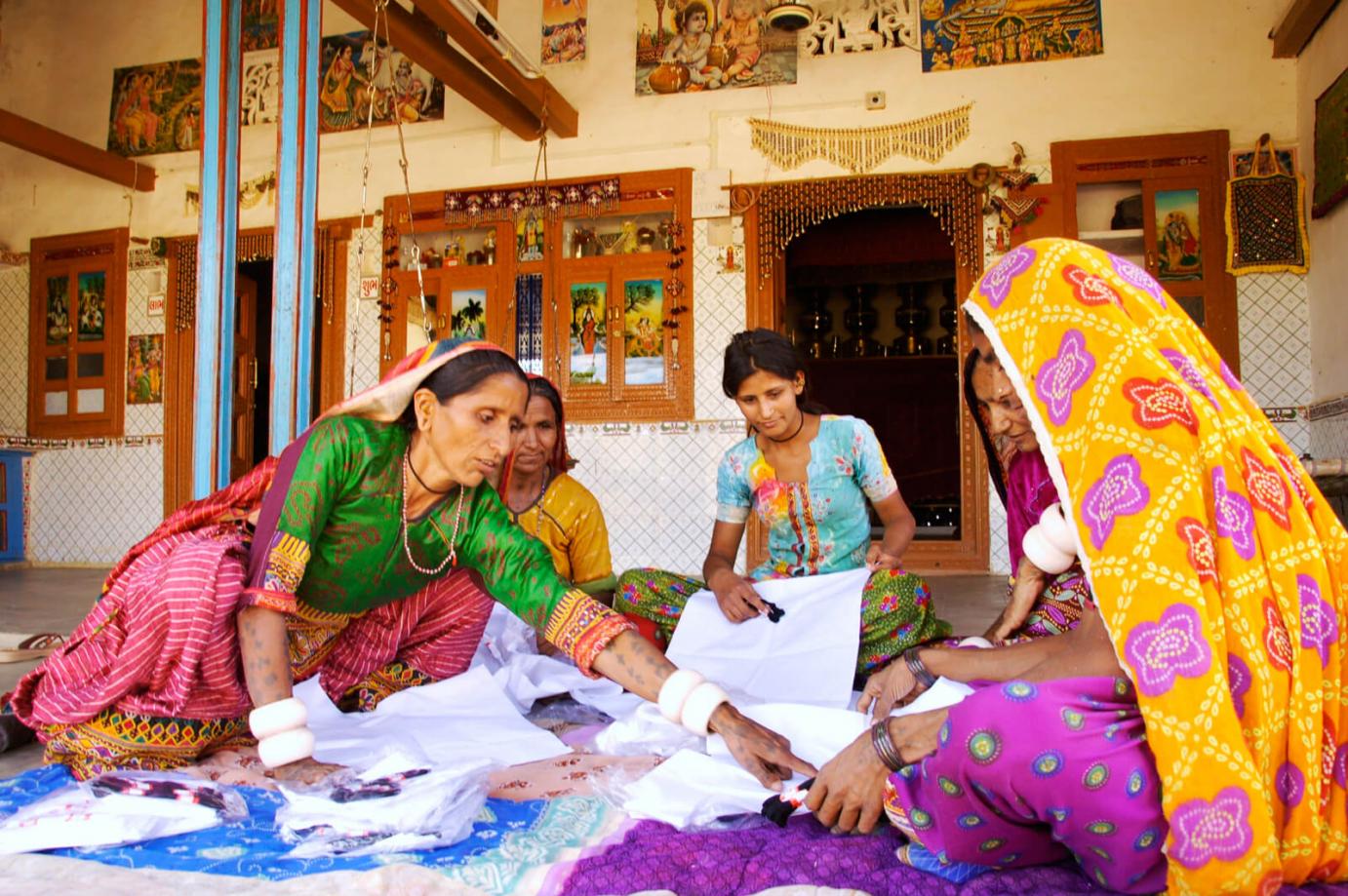
Empowering Women: Artisan Cooperatives That Transform Communities
June 12, 2013 – Oct. 27, 2013
Around the world, female artisans are creating grassroots cooperatives to reach new markets, raise living standards, and transform lives. Empowering Women provided an intimate view of 10 such enterprises in 10 countries through first-person voices, stellar photographs, and stunning examples of cooperatives' handmade traditional arts.
Credits: Organized by the Museum of International Folk Art
Exhibit Sponsors: Microsoft Corporation, 4Culture, Quest for Truth Foundation
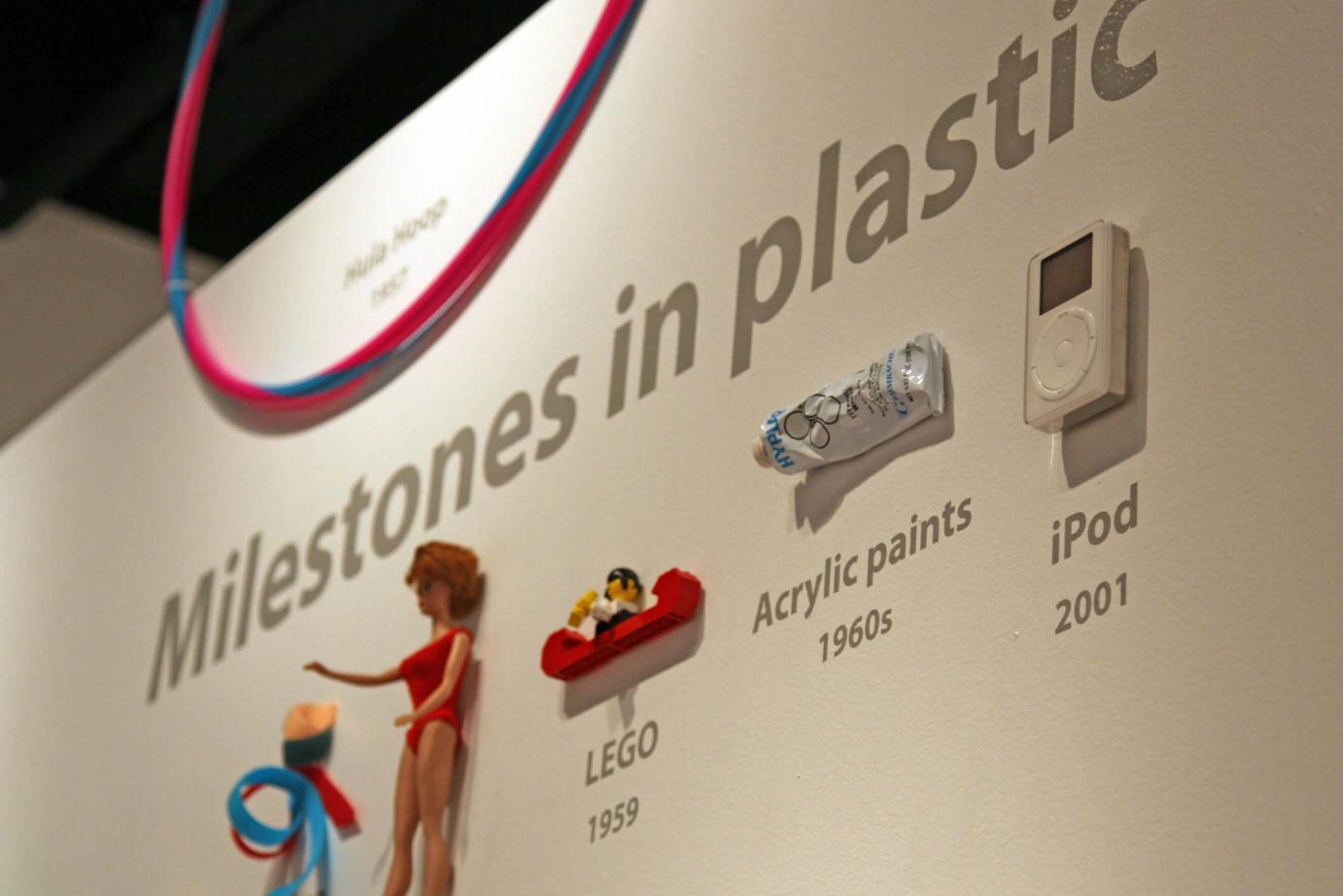
Plastics Unwrapped
Dec. 1, 2012 – May 27, 2013
Can you imagine life before plastics? Humans existed without them for millennia, but now, we rely on plastics to meet our basic needs. This exhibit explored how material culture has been changed by plastics, providing insight into life before plastics, how they’re made, and what happens after we throw them away.
Credits: Developed by the Burke Museum
Exhibit Sponsors: The Boeing Company, University of Washington, Cedar Grove, Snoqualmie Tribe, Seattle Office of Arts & Cultural Affairs, Society of Plastics Engineers, Camille and Henry Dreyfus Foundation
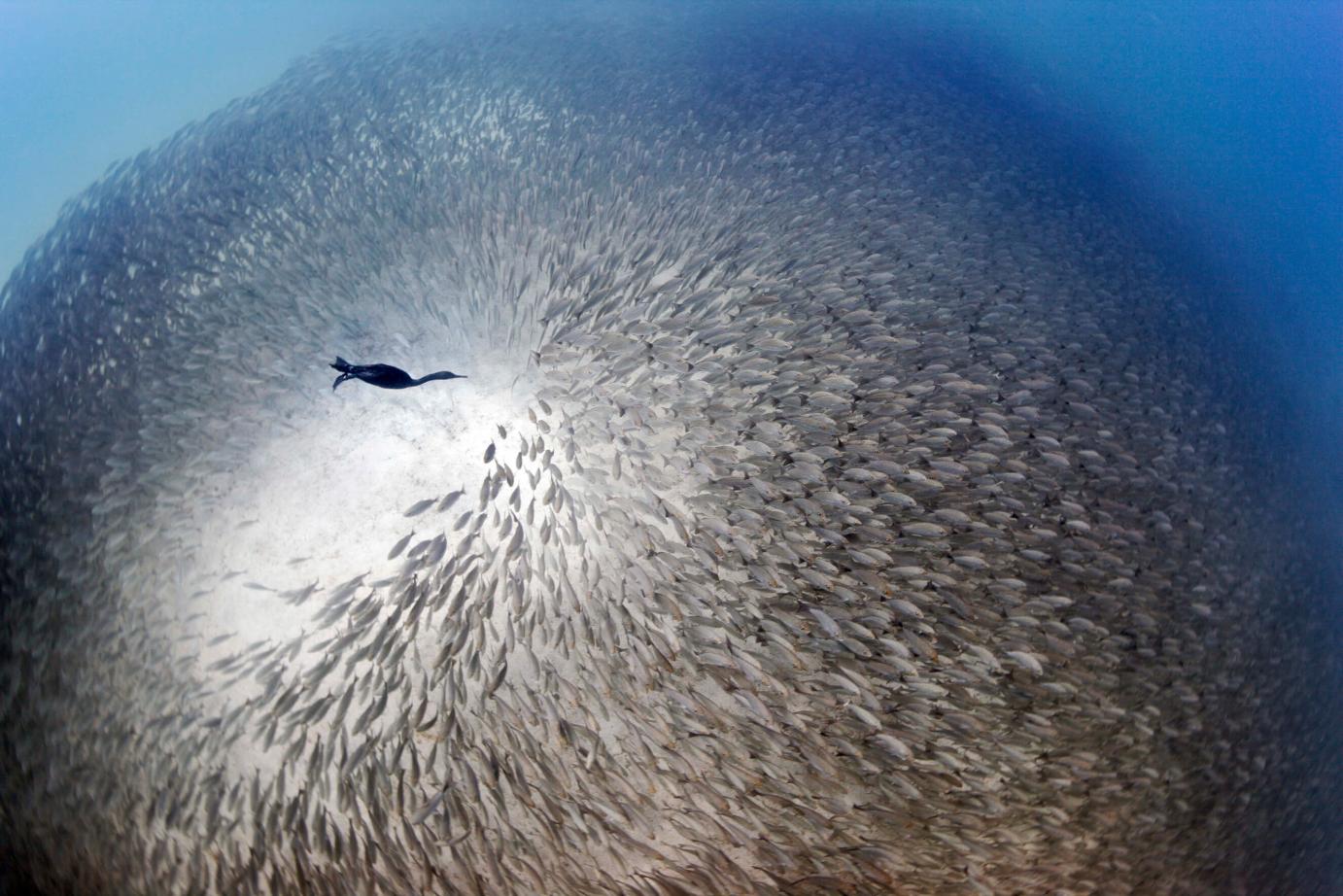
2012 International Conservation Photography Awards
June 30, 2012 – Nov. 25, 2012
With 75 award-winning photographs from across the globe, this exhibit captured beautiful moments in the natural world, showcased the amazing abilities of environmental photographers, and raised awareness of conserving the world’s natural resources. The International Conservation Photography Awards is a biennial juried photography competition founded by acclaimed local nature photographer Art Wolfe.
Credits: Presented by the Burke Museum and ICP Awards
Exhibit Sponsors: 4Culture, Seattle Office of Arts & Cultural Affairs
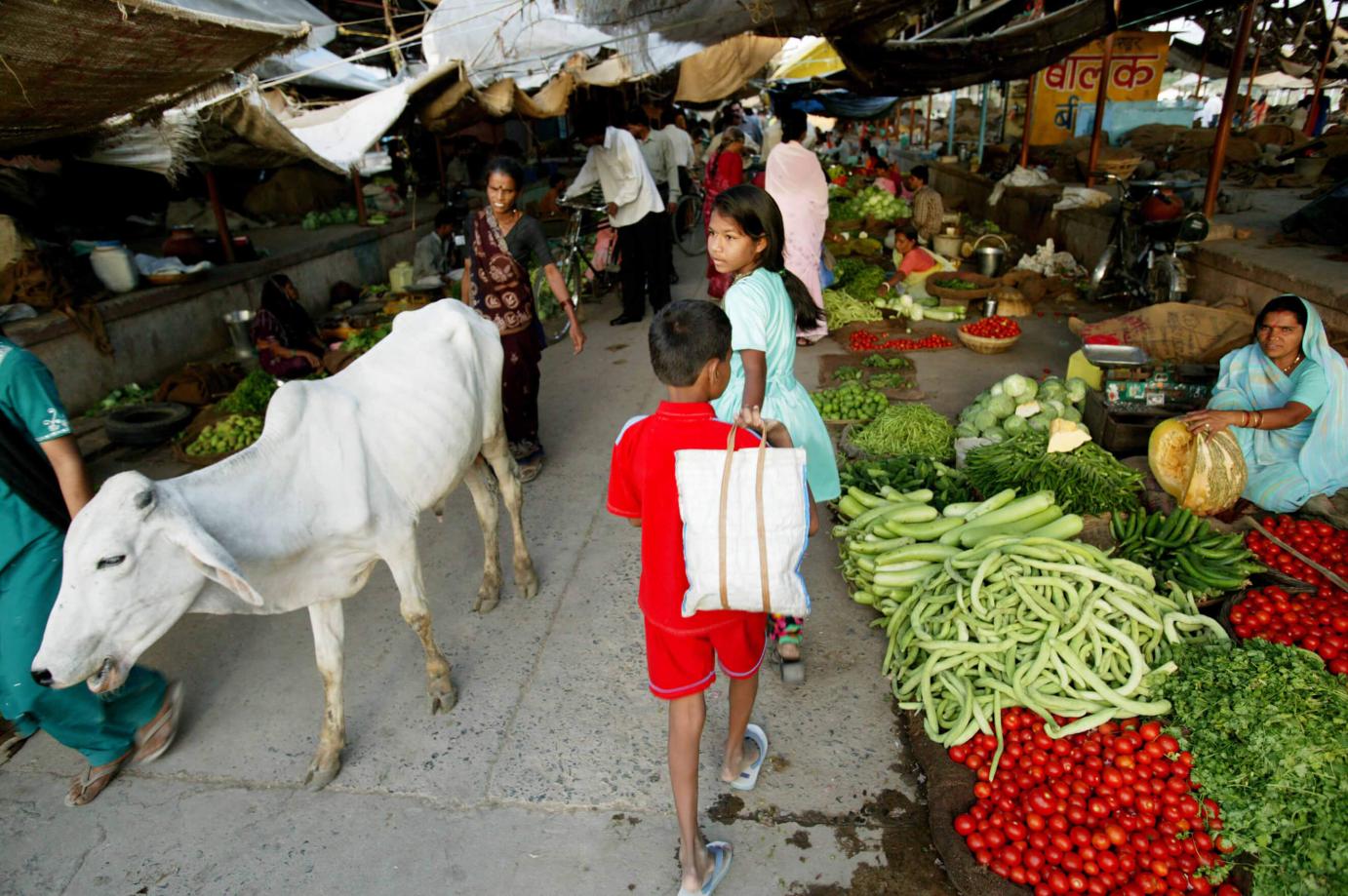
Hungry Planet: What the World Eats
Jan. 28, 2012 – June 10, 2012
This exhibit explored food traditions around the world through photographs of 10 families at home, at the market, and surrounded by a week’s worth of groceries. Accompanying the exhibit, Salish Bounty: Traditional Native American Foods of Puget Sound connected archaeological and historical research about tribal diets in the Puget Sound area to current efforts to revitalize Native food traditions.
Credits: Hungry Planet was organized by the Bell Museum of Natural History, University of Minnesota, and based on a book by Peter Menzel and Faith D’Aluisio. Salish Bounty was developed by the Burke Museum in collaboration with guest curators Warren King George, Muckleshoot/Upper Skagit Indian Tribe, Historian/Traditionalist; and Elizabeth M. Swanaset, Nooksack/Cowichan/Laq'a:mel Tribes, Cultural/Traditional Foods Specialist.
Exhibit Sponsors: Microsoft Corporation, PCC Natural Markets, 4Culture, Quest for Truth Foundation
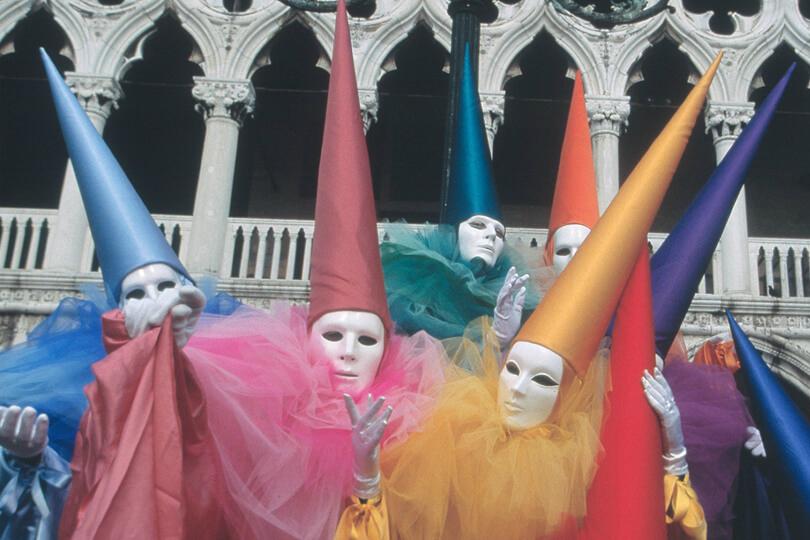
¡Carnaval!
Sept. 25, 2011 – Jan. 8, 2012
¡Carnaval! highlighted eight Carnival celebrations from communities in Europe and the Americas (including Mardi Gras), exploring the history, traditions, arts, and meaning of Carnival celebrations around the world and featuring a unique art installation of full-sized Carnival parade puppets created by local Seattle artists affiliated with Brazil Center.
Credits: Organized by the Museum of International Folk Art with support from NEH on the Road and Mid-America Arts Alliance
Exhibit Sponsors: 4Culture, The Boeing Company, Muckleshoot Indian Tribe, National Endowment for the Humanities, Simpson Center for the Humanities, Wells Fargo
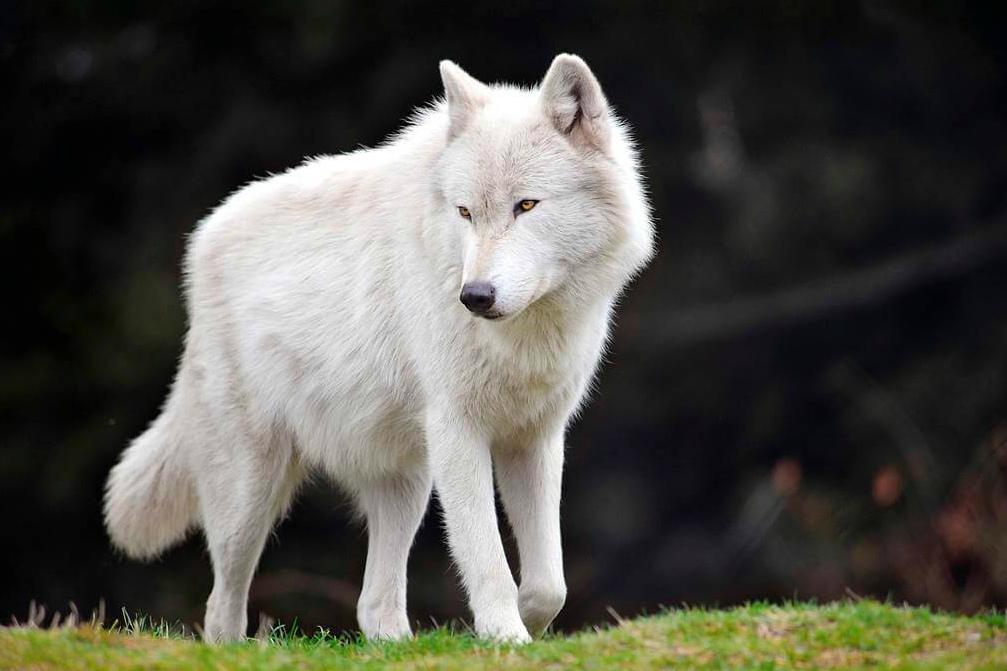
Wolves and Wild Lands in the 21st Century
June 4, 2011 – Sept. 5, 2011
Presenting a contemporary perspective on wolves in North America and featuring specimens from the Burke mammalogy collection, this exhibit explored human and wolf coexistence from a regional perspective, examining issues and experiences from the Arctic to the American Southwest.
Credits: Developed by the International Wolf Center in collaboration with the Science Museum of Minnesota and toured by the Bell Museum of Natural History, University of Minnesota
Exhibit Sponsors: Tom and Sonya Campion, Hugh and Jane Ferguson Foundation, Kongsgaard-Goldman Foundation, Norcliffe Foundation, Quest for Truth Foundation, U.S. Fish and Wildlife Service
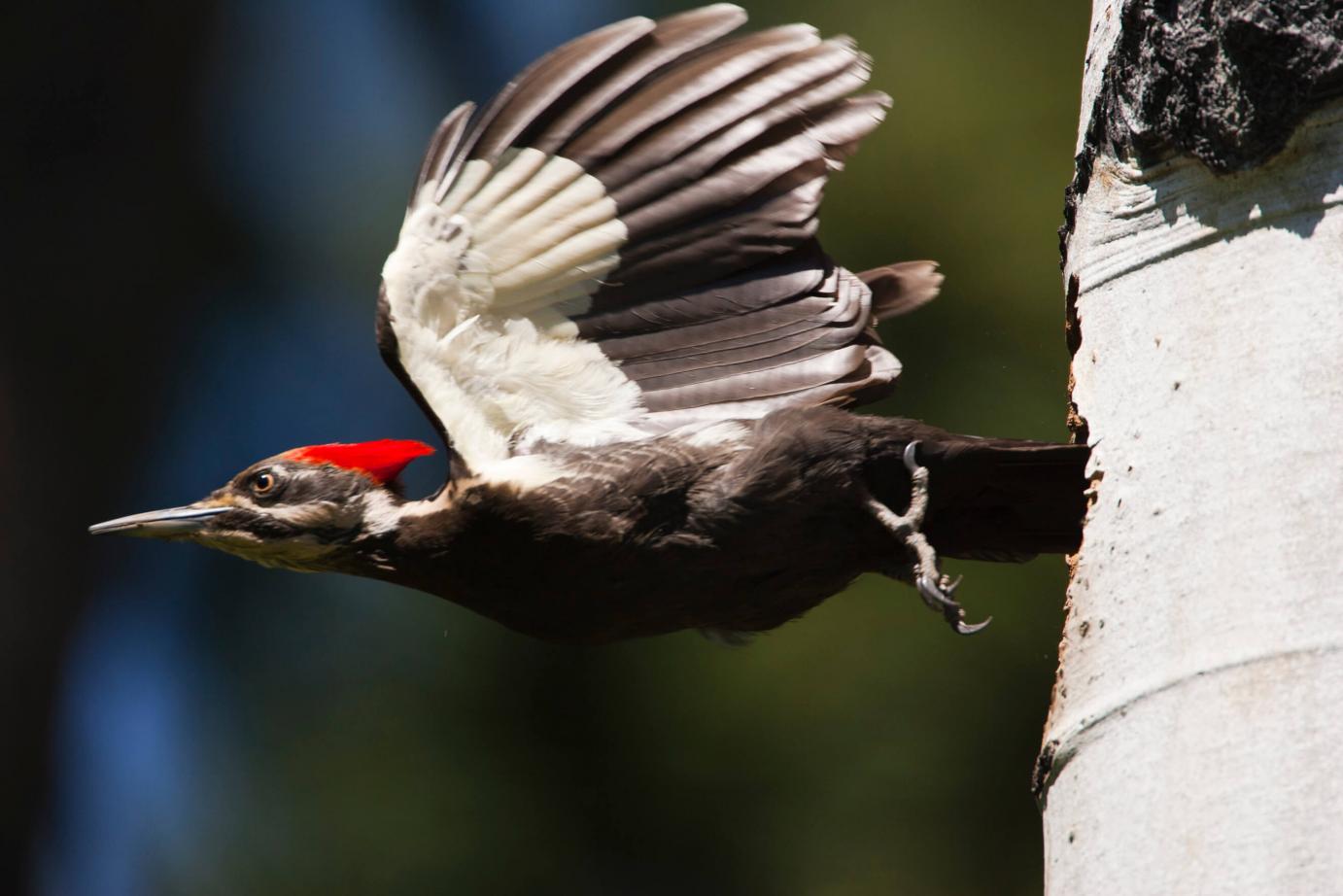
The Owl and the Woodpecker
Mar. 19, 2011 – Aug. 7, 2011
Featuring the work of Seattle photographer and author Paul Bannick, The Owl and the Woodpecker introduced museum visitors to the most important species of owls and woodpeckers in North America. Through photographs, specimens from the Burke ornithology collection and an interactive education space, the exhibit highlighted the critical importance of conservation.
Credits: Developed by the Burke Museum with Paul Bannick and Braided River, a partner of The Mountaineers Books
Exhibit Sponsor: Microsoft Corporation
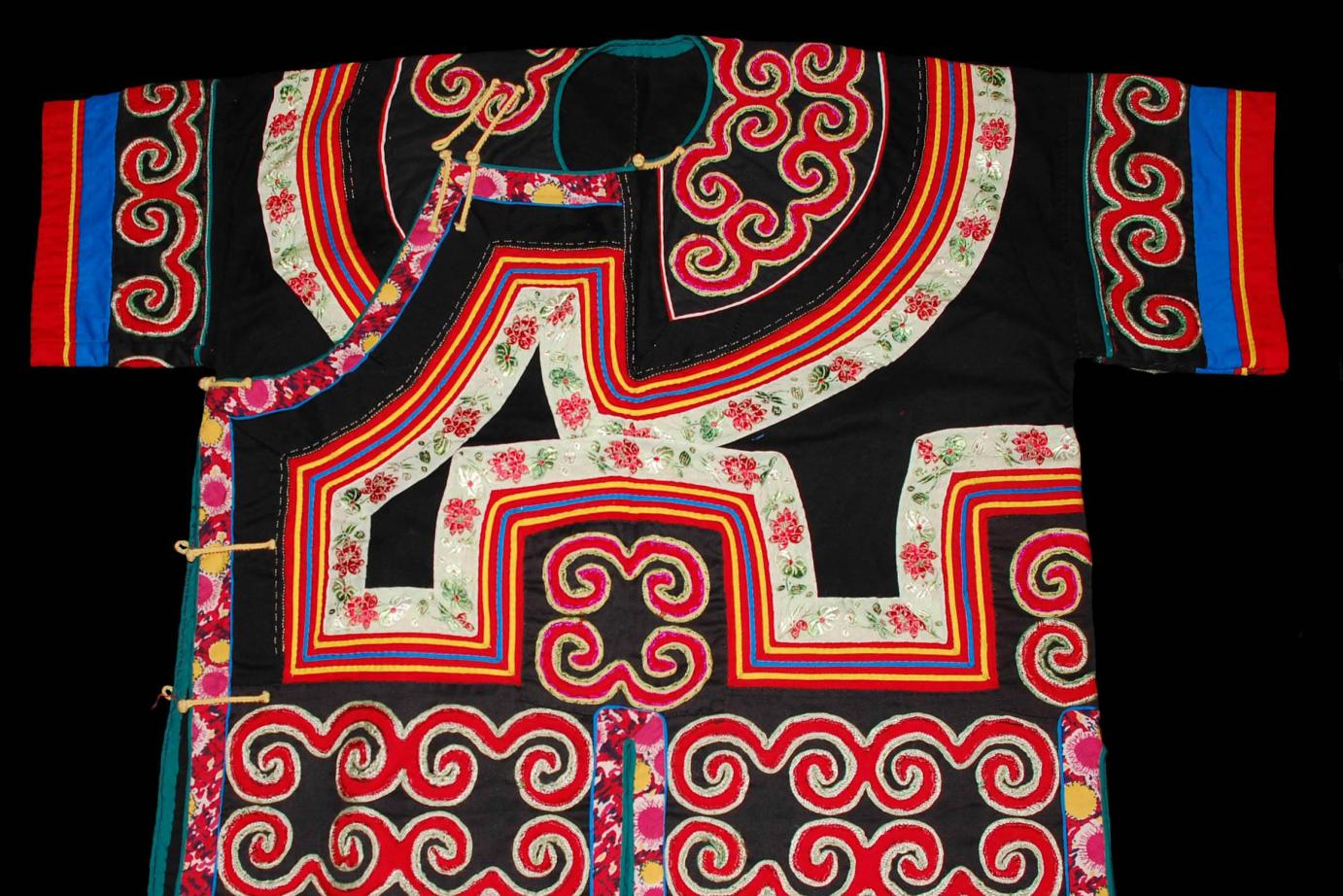
Weaving Heritage: Textile Masterpieces from the Burke Collection
Oct. 2, 2010 – Feb. 27, 2011
In the Burke Museum’s first major exhibition of its international textile collection, masterpieces from the peoples of the Americas, Asia, and the Pacific Islands were displayed.
Credits: Organized by the Burke Museum
Exhibit Sponsors: 4Culture, The Boeing Company, Quest for Truth Foundation, University of Washington Southeast Asia Center at the Henry M. Jackson School of International Studies
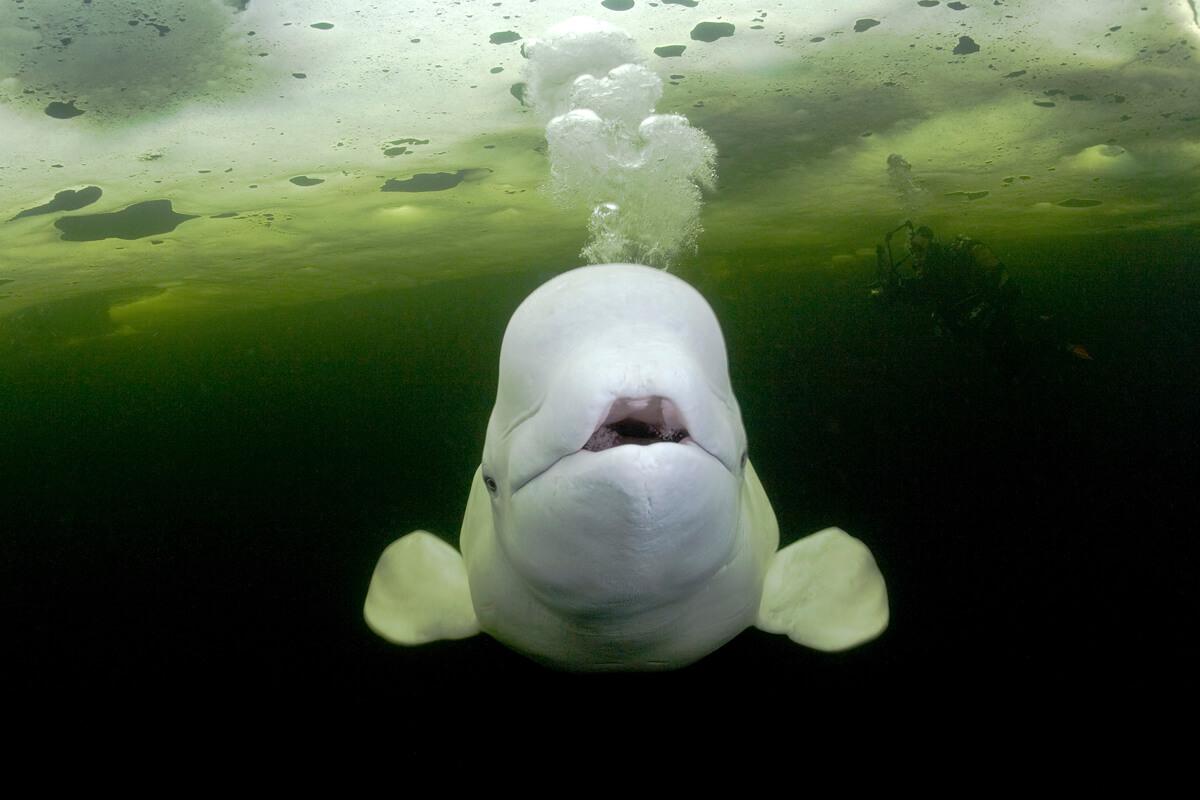
2010 International Conservation Photography Awards
June 19, 2010 – Sept. 6, 2010
Winning photographs, representing the best of conservation photography from around the world, were featured in this exhibit. The International Conservation Photography Awards is a biennial juried photography competition founded by acclaimed local nature photographer Art Wolfe.
Credits: Presented by the Burke Museum and ICP Awards
Exhibit Sponsors: Microsoft Corporation, Seattle Office of Arts & Cultural Affairs
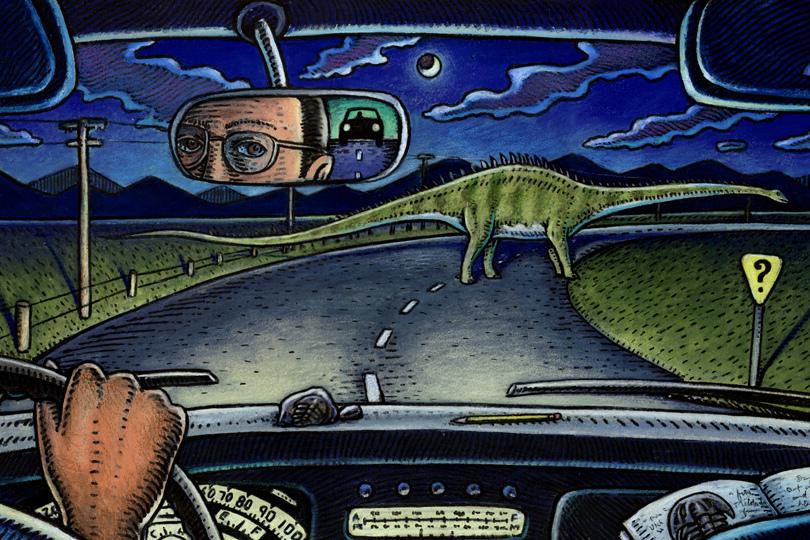
Cruisin’ the Fossil Freeway
Dec. 19, 2009 – May 31, 2010
This premiere of a nationally touring exhibit took visitors on a "road trip" through the American West to learn about our region’s intriguing fossils and the stories they tell about the past. Bringing together the best of the Burke Museum's fossil collection and the fossil-inspired artwork of celebrated artist Ray Troll, the exhibit explored questions about evolution, extinction and early life on Earth.
Credits: Organized by the Burke Museum in collaboration with Ray Troll and Kirk Johnson
Exhibit Sponsors: Microsoft Corporation, Pendleton and Elisabeth Carey Miller Charitable Foundation, Wells Fargo
